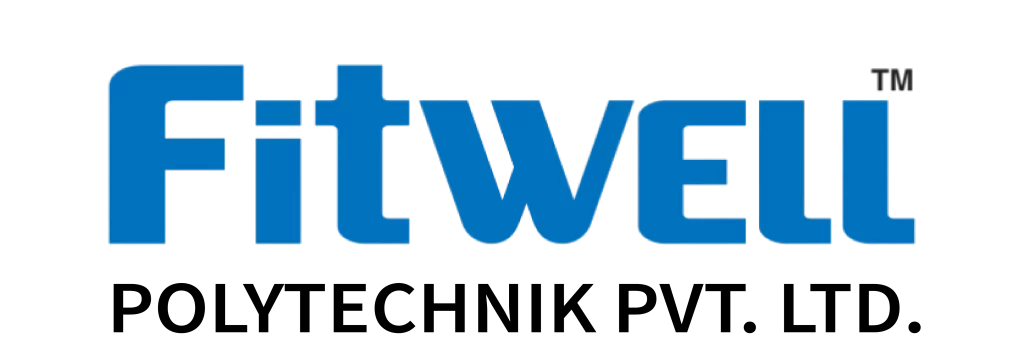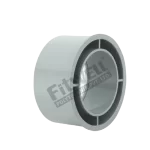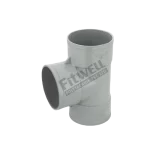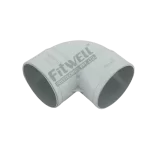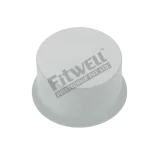CPVC Pipe Fittings: A Comprehensive Guide
When it comes to modern plumbing systems, CPVC pipe fittings are an essential component. CPVC, or Chlorinated Polyvinyl Chloride, is widely used for hot and cold water applications due to its durability, flexibility, and corrosion resistance. In this guide, we’ll explore CPVC pipes, CPVC fittings, and everything you need to know about choosing the right CPVC pipes and fittings for your needs.
What are CPVC Pipes?
CPVC pipes are made from a chlorinated version of polyvinyl chloride (PVC). This chlorination process makes CPVC pipes more resistant to heat and chemicals than regular PVC pipes, allowing them to handle hot water applications. They are widely used in residential, commercial, and industrial plumbing systems due to their flexibility, ease of installation, and long-lasting nature.
Benefits of CPVC Pipes
- Heat Resistance: CPVC pipes can handle temperatures up to 200°F, making them ideal for hot water supply lines.
- Corrosion Resistance: They are not prone to rust, corrosion, or scaling, which makes them perfect for transporting potable water.
- Durability: CPVC pipes have a long lifespan and are resistant to physical wear and chemical damage.
- Easy Installation: CPVC pipes are lightweight and easy to cut, glue, and fit together, simplifying the installation process.
What are CPVC Pipe Fittings?
CPVC fittings are connectors used to join CPVC pipes together. They come in various shapes and sizes to suit different plumbing needs. CPVC fittings are essential for changing the direction of water flow, connecting multiple pipes, reducing pipe size, or sealing off the ends of pipes. Like CPVC pipes, these fittings are also resistant to heat and corrosion, ensuring a durable and leak-proof plumbing system.
Manufacturing Process of CPVC Piping Systems
Common Types of CPVC Pipe Fittings
Here are some of the most common types of CPVC fittings you might encounter:
- Elbows: Used to change the direction of the pipe, usually by 45° or 90°.
- Tees: Shaped like the letter “T,” they allow fluid to flow in two different directions.
- Couplings: Connect two pipes of the same diameter to extend the pipeline.
- Reducers: Used to connect pipes of different sizes, helping to control the flow rate.
CPVC Pipes and Fittings: Why Choose Fitwell?
When looking for high-quality CPVC pipes and fittings, choosing the right manufacturer is crucial. Fitwell Pipe Fittings is a renowned CPVC pipes and fittings manufacturer and supplier known for providing top-notch products. Fitwell specializes in manufacturing a wide range of CPVC pipes and fittings designed to meet the varied needs of plumbing systems, both large and small.
- Quality Products: Fitwell ensures that all CPVC pipes and fittings meet the highest quality standards, providing products that are durable, leak-proof, and heat-resistant.
- Wide Range: Fitwell offers an extensive range of CPVC fittings, including elbows, tees, couplings, reducers, and more, catering to diverse plumbing requirements.
- Trusted Supplier: As a leading CPVC pipes and fittings supplier, Fitwell has established a reputation for reliability and customer satisfaction.
How to Choose the Right CPVC Pipes and Fittings for Your Project
1. Match the Pipe and Fitting Material
Always choose fittings made specifically for CPVC pipes. Mixing different materials, such as using metal fittings with CPVC pipes, can lead to leaks or pipe damage.
2. Select the Right Size
Ensure the fitting size matches the diameter of your CPVC pipe. CPVC fittings are available in various sizes, so it’s essential to measure the pipe diameter correctly before purchasing.
3. Consider the Application
Different fittings serve different purposes. For example, if you need to change the direction of your pipe, use an elbow fitting. If you are connecting two pipes of different sizes, opt for a reducer. Understanding the function of each fitting will help you select the right ones for your project.
4. Choose a Reputable Supplier
Ensure that you purchase from a reputable CPVC pipes and fittings supplier like Fitwell. Quality matters, and using subpar fittings can compromise the entire plumbing system.
Installation Tips for CPVC Pipes and Fittings
Installing CPVC pipes and fittings is straightforward, but a few key points can make the process even smoother:
- Cut Pipes Cleanly: Use a pipe cutter to cut CPVC pipes evenly, ensuring a clean edge for proper fitting.
- Deburr Edges: After cutting, remove any burrs from the pipe ends. This step ensures a snug fit and prevents leaks.
- Apply CPVC Solvent Cement: Before connecting the fittings, apply a CPVC solvent cement to both the pipe end and the fitting. The cement will chemically bond the two components, creating a leak-proof seal.
- Allow Proper Curing Time: Let the solvent cement cure for at least 30 minutes before testing the system under pressure.
Why CPVC Pipes and Fittings Are Ideal for Hot and Cold Water Systems
One of the main reasons CPVC pipes and fittings are so popular is their ability to handle both hot and cold water applications. Unlike regular PVC pipes, CPVC can withstand high temperatures, making it perfect for hot water lines. Additionally, its corrosion-resistant properties ensure that it won’t degrade over time, even when exposed to hot water or chemicals commonly found in water supplies.
Advantages of Using CPVC for Water Supply
- Safe for Drinking Water: CPVC pipes are certified safe for transporting potable water, making them a preferred choice for residential water supply systems.
- No Rust or Scaling: CPVC does not rust or scale like metal pipes, ensuring clean and smooth water flow throughout its lifespan.
- Flexible Design: CPVC pipes can be easily bent and shaped to fit complex plumbing designs, providing versatility for installation in tight spaces.
Internal Links for Further Information
For more detailed information on various pipe fittings, their uses, and how to select the right one for your project, check out these related articles:
- Understanding Different Pipe Fittings
- Choosing the Best Pipe Fittings for Your Plumbing System
- The Advantages of Using Fitwell Pipe Fittings
Conclusion
CPVC pipes and fittings are a reliable, durable, and versatile choice for plumbing systems. Whether you are dealing with residential water supply or an industrial piping network, CPVC offers a wide range of benefits, including heat resistance, corrosion resistance, and ease of installation. Fitwell Pipe Fittings, as a trusted CPVC pipes and fittings manufacturer, provides high-quality products tailored to meet various plumbing needs.
By understanding the different types of CPVC fittings and following the best practices for installation, you can build a plumbing system that is efficient, leak-proof, and long-lasting. Choose the right materials, select a reputable supplier like Fitwell, and you’ll have a piping system that stands the test of time.
Stay on the forefront of industry trends by checking out our latest content
Stay ahead with our latest content, designed to keep you informed on the newest industry trends and insights. Discover valuable updates that help you lead in your field.

Trusted uPVC Pipes Manufacturers for India’s Top Contractors
Introduction: The Surge in Demand for uPVC Pipes Among Top Contractors in India The construction and infrastructure sectors in India have witnessed a significant transition toward sustainable and long-lasting materials.
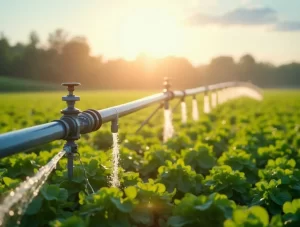
Top Innovations in Agricultural Pipe Fittings for Water Savings [2025]
Introduction to Agricultural Pipe Fittings and Water Sustainability Agricultural pipe fittings play a pivotal role in building efficient irrigation systems, crucial for modern farming practices. By exploring the versatility of

Expeart Tips from MDPE Pipe Fittings Manufacturers to Avoid Failures
Expeart Tips from MDPE Pipe Fittings Manufacturers to Avoid Failures Understanding MDPE Pipe Fittings: An Overview MDPE (Medium Density Polyethylene) fittings, used extensively in gas and water systems, offer strong,
Request a Free Consultation
Get personalized plumbing solutions with a free consultation from Fitwell.
